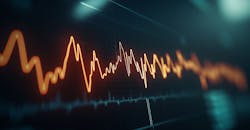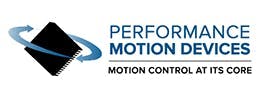Electronic equipment designers are often asked to squeeze the maximum possible performance out of a machine for the lowest possible cost. To accomplish this the designer typically begins by selecting, or designing, components such as motors, drives, bearings, mechanical linkages etc. Then, machine designers begin prototyping the system at which point a question comes up: How do you measure the performance of the system and optimize the settings of the motion controller? This paper looks at what you should expect from a motion trace function and how to use it to optimize the design of your next machine.
This content is sponsored by:

